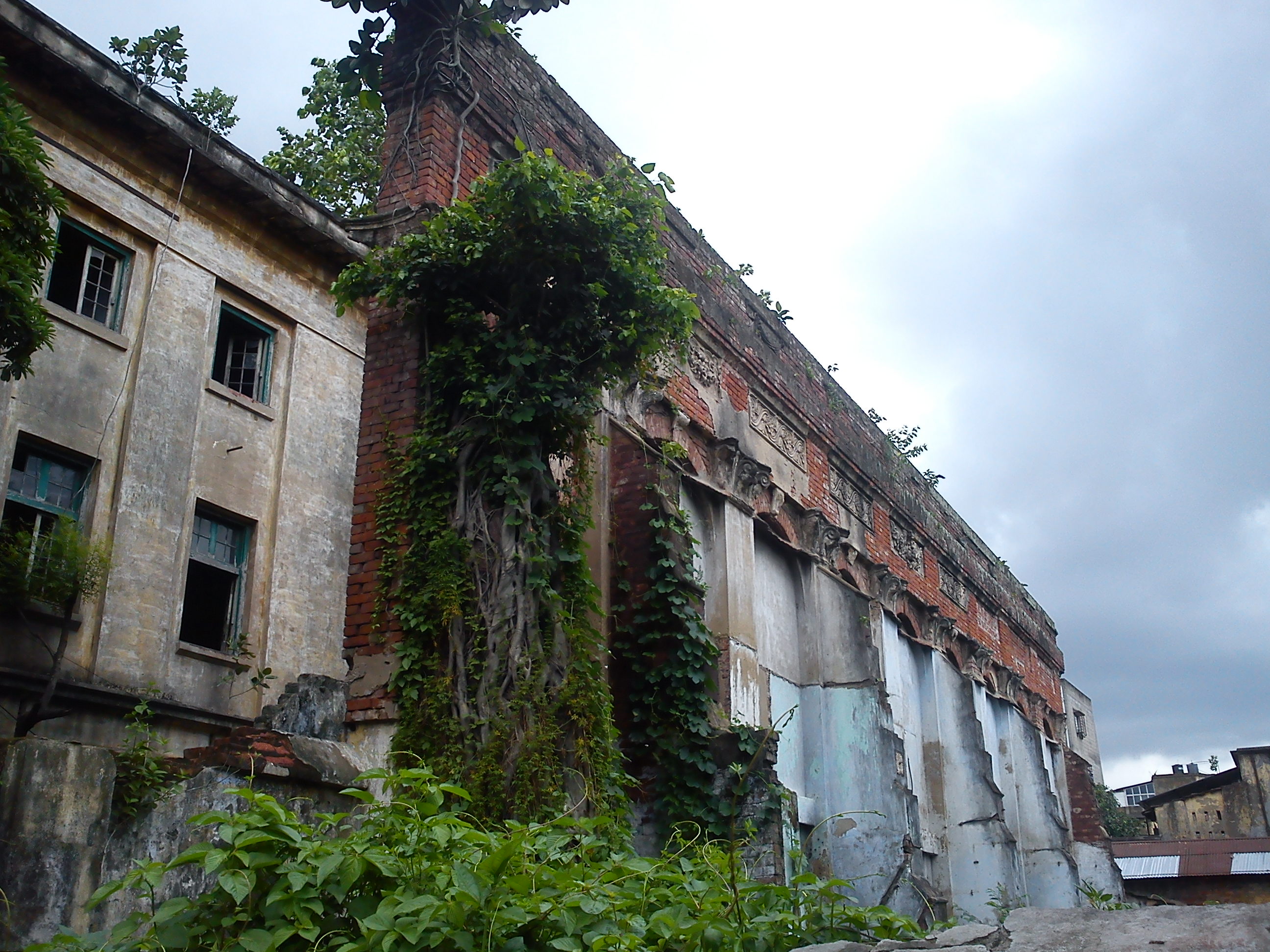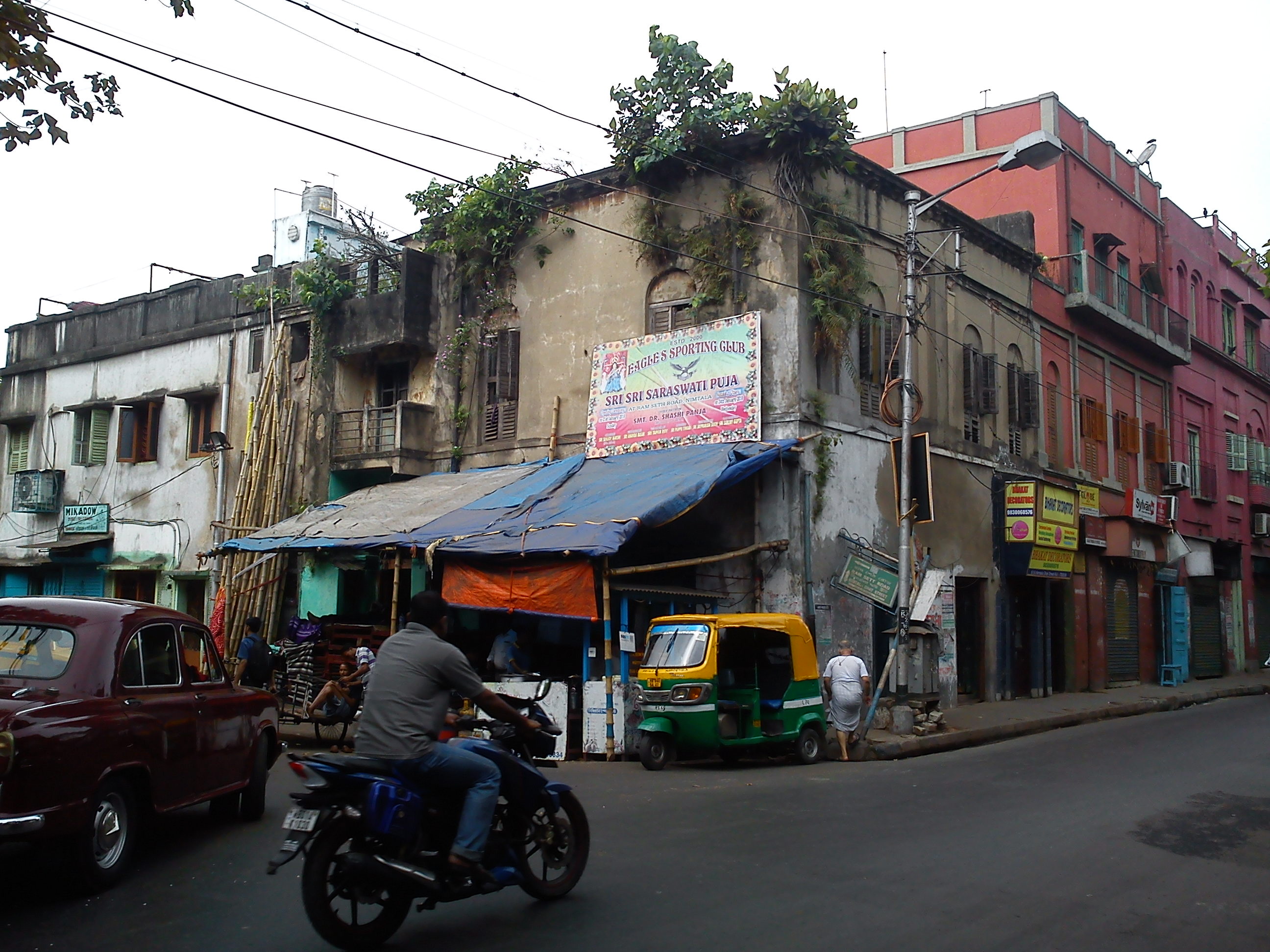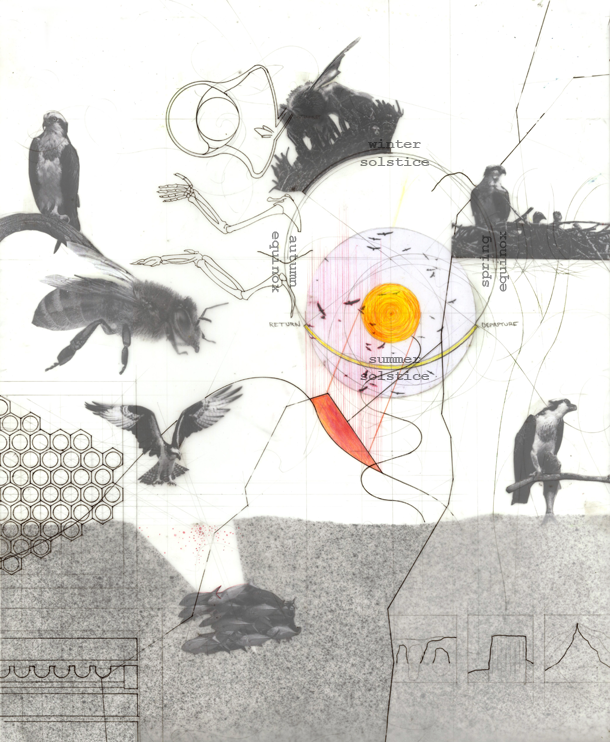Wait. What does this have to do with animals? In many ways, the “animals” in these projects are us. But it’s also about all the other animals out there besides humans. Simply put, this website is about the relationship between the two, viewed through the lense of design. The ways in which humans use plants, food, and drugs (and animals) is an underlying theme throughout this research – every section of this document containing a narrative of significant human impact on natural ecosystems.

Bernard Devoto wrote in “The Course of Empire,” “We are all to some extent and exploitative society.” Is our natural capital for us to use? At least in North America, most of us forget that the exploitative forces were an intention that was organized here from the start. “The new world,” he continues,” was a constantly expanding market.” The current concept of sustainability, though a laudable, holistic vision, is vulnerable to the same criticism of vague idealism made thirty years ago against comprehensive planning. In this case, its idealism often builds a romanticized version of pre-industrial, indigenous, sustainable cultures – inspiring visions, but also of limited modern applicability. The current environmental enthusiasm among planners, architects, and design schools might suggest their innate predisposition to protect the natural environment – unfortunately, the opposite is more likely to be true: our historic tendency has been to promote the development of cities at the cost of natural destruction – to build cities we have cleared forests, fouled river, and the air, and leveled mountains.
Increasingly we want to preserve the natural world around us, for reasons ranging from the purely sentimental, to strictly economic, or even biological – struggling to preserve places, values, and lives. But we often remain unconscious of the effects of our livelihood; blissfully unaware of our entanglement with nature – deluding ourselves to believe we can cordon off a patch of land, or nature, and protect the world “out there.” The idea that “nature” is not so nearly natural as it seems, but in fact intricately interwoven with the human world, allows designers new opportunities to redefine sustainability. The socially constructed view of nature, put forth as a classic battle of “man vs. nature,” or it’s current variation, “jobs versus the environment,” remains the primary conflict of this inquiry: how much environmental destruction can be withstood amidst growing, maintaining and improving our quality of life? It is said that world sustainability will depend to a large degree on what will happen in cities, particularly fast-growing cities, yet we are far from a shared vision of a sustainable human environment. Given that more than half of the world’s population is now living in cities, the core of this exploration believes that the way we use, make, and consume our natural capital requires an understanding of the links between the built environment – housing, buildings, transportation, infrastructure, streets, and public places – and food production, distribution, and consumption.
In this thesis, I develop historical, qualitative, and quantitative distinctions between conventional agriculture and planning; with new models for sustainable growth, calling for an innovative admixture of farming and architecture – resulting in a new form of green space within cities. I present an example of new planning strategies for modern cities, and compare them to contemporary cities, some which appear to be succeeding amidst the known struggles of today’s cities, and others that appear to be clearly failing. This thesis stages its investigation in predicted scenarios of development that offer a guide upon which to base future architectural decisions towards the sustainable growth of cities. The “adaptive re-use” of urban space towards a more productive city addresses many key issues in today’s practice. The building industry, and the agriculture industry are two of the largest contributors of the degradation of our planet. The notion that proper land-use strategies of open space and built-up space effects the function of a city is not new, but is very seldom maximized in the built environment due to its complexity. Additionally the importance of thoughtful planning is growing increasingly paramount as our planet’s population and resource consumption grows.
Given the documented loss of farm land due to a variety of factors, increased consolidation of farming operations, the increasing industrialization of food production, ever more recurrent food safety scares, and the rise of food deserts in urban settings, the programmatic departure point of the project will be three-fold: a food production facility within modern cities; combined with a processing, packaging, and distribution center, along with a retail center – to provide cities with a greater degree of self-sufficiency. The goal of such a system is to create a productive, robust infrastructure that engages a city’s local territory, but also provides for a framework of co-existence with the seemingly formal and informal volatility of today’s increasingly global economies and cultures.
An important component has been left out of new infrastructurally rich cities – new forms of ‘green’ as peri-inter/urban/rural space. Plotting a new urban-rural interface aims for an innovative model for supporting food growth within the boundaries of U.S. cities. Cities today are constantly renewing themselves. Faced with rapid urbanization, loss of arable land, extensive pressure on resources, and the unstoppable element of technology – what is the future of agriculture?

With one of the highest measured population growths in the United States, the latest forecast fore Houston’s future says that between now and 2035, the city will gain an additional 3,538,000 people. On its way to containing nearly 9 million people – to accommodate all their cars, homes, jobs, schools, police, and fire stations, stores, and other needs, will require the construction of more than 5 billion square feet of new building. As Houston’s population keeps rising, experts say the city needs a strategy to at least maintain, and hopefully improve the quality of the economy, community, and environment in the region. The forecasts predict nearly all of the green space in Harris County, and large tracts of Fort Bend, Montgomery, Galveston, and Brazoria Counties will be built over in the rush to accommodate the region’s growth. While Houston added 250,000 jobs in the last four years, and is an affordable place to live – despite the cultural aversion to regulation, Houstonians are increasingly calling for action plans to predict and manage growth. The new Houston – this document argues – must now consider zones of urban, suburban, rural, leisure, and even “natural” precincts – all managed, as part of a design system. Instead of isolated parcels of land, or singular architectural projects, it’s now a matter of considering an entire city infrastructure and its connected environs, whose reach is hundreds of miles beyond what has been conventionally considered urban domain. Houston is not unique – in cities across the country, citizens want to conserve and improve our natural green space and rural areas. We need to think about the pattern of future growth, and find ways to conserve community assets, both natural, and man-made. The purpose of this document is to provide an array of complex information and analysis, as well as a few possible scenarios to inform the public discussion about what, where, and how to build next.

When you consider that everyday, for a city the size of Houston, enough food for 16 million meals must be produced, imported, sold, cooked, eaten, and disposed of again; it is remarkable that we get to eat at all. Feeding cities takes a gargantuan effort; one that arguably has a greater social and physical impact on our lives and planet than anything else we do. Yet, few of us are conscious of this process. There is no denying that food production and distribution is as fundamental as other forms of energy in the operations of cities. Yet, the concentration on electricity and gas (in its various forms) has left food in the background. Though the necessities of life such as housing and transportation have a firm place in the local policy agenda in cities, food issues have yet to be emphasized, despite the fundamental role of food production and distribution in the daunting complexity of the modern city. Further consideration of Houston’s growth exposes the notion of local food taking on a very different meaning on a planet where roughly half the population lives in cities. Demographers estimate that virtually all the growth in the human population over the next fifty years will occur in burgeoning cities. Consider a recent study by two United Nations officials concerned about the capacity of large Asian cities to feed themselves, which found that by 2010, the number of truckloads of food entering Asia’s burgeoning cities would skyrocket, and overwhelm the existing capacity of these cities to distribute food.14 Bangkok will need 104,000 additional 10-ton truckloads each year. Jakarta will need 205,000, Karachi 217,000, Beijing, 302,700, Bombay, 313,400, and Shanghai, 359,700.
This project deals with two major themes – food and cities – but its focus is on the relationship between the two. Cities may never be able to satisfy all of their food needs from nearby farmland, but the tremendous infrastructure, energy, and money required to shuttle food into densely populated areas argues for rethinking not just city form, but the way they are fed.








